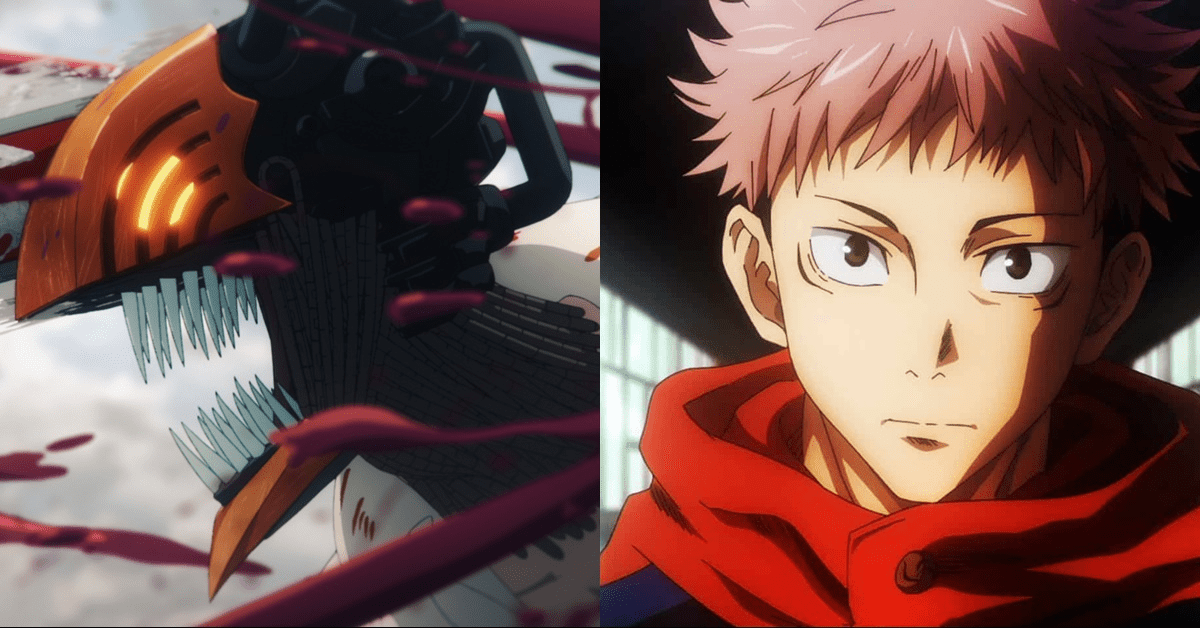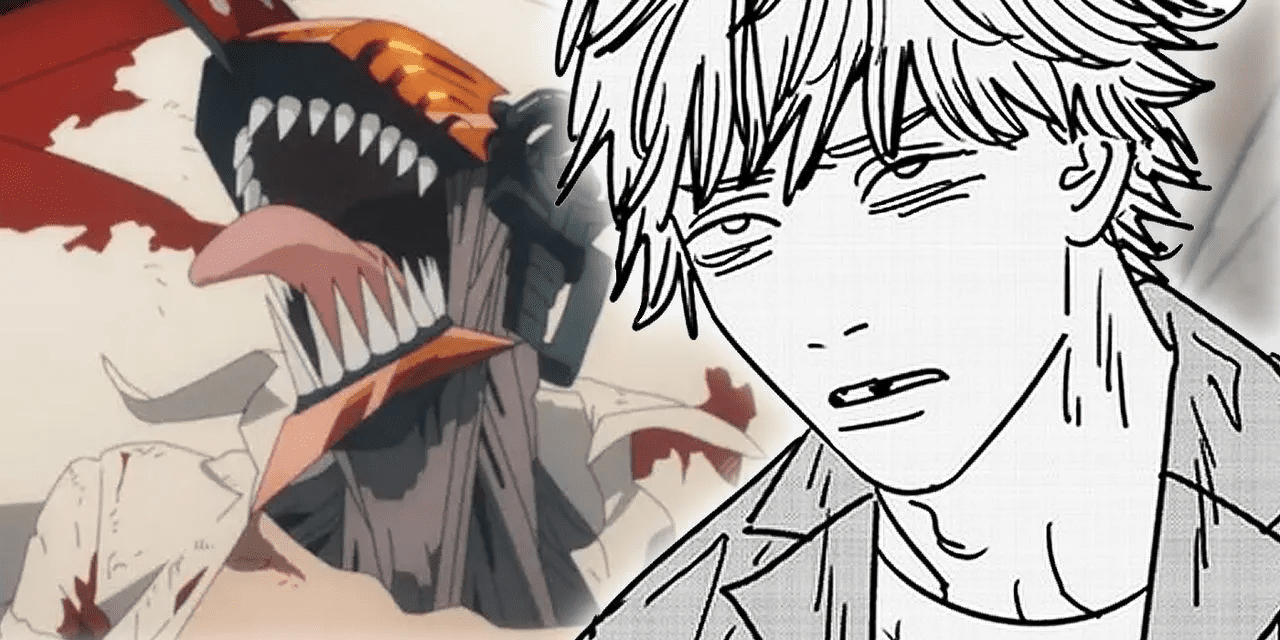Comparative Analysis of Storytelling in Jujutsu Kaisen and Chainsaw Man

Both Jujutsu Kaisen and Chainsaw Man demonstrate a commitment to resolving their narratives, yet they do so in distinctly different ways. For instance, in Jujutsu Kaisen, Gojo Satoru escapes from the Prison Realm and immediately participates in a major battle without much preparation time.
In contrast, in Chainsaw Man, Asa Mitaka becomes a famous figure, but the manga does not clarify how this transformation occurred. This ambiguity serves as a unique narrative device, allowing for a more fluid progression while often skipping over pivotal moments that could have been elaborated upon.
Both Tatsuki Fujimoto in Chainsaw Man and Gege Akutami in Jujutsu Kaisen make intentional decisions about which crucial parts of the story to highlight. For example, in Jujutsu Kaisen, Akutami subtly hints at events occurring in the background, particularly in relation to major plot developments, which serves to quicken the pacing and create unexpected moments for the audience throughout the battles. This rapid pacing has become a hallmark of the manga’s success.
In Chainsaw Man, the central action is largely driven by Denji. It seems that Fujimoto prefers not to focus too heavily on Asa while Denji is still developing, yet this choice limits the exploration of critical scenes.

However, these narrative choices leave the story feeling somewhat hollow as they do not capitalize on important moments. For example, in Jujutsu Kaisen, after a long absence, Gojo reappears and quickly rushes into a major battle, bypassing moments where he could have interacted more with other characters. In Chainsaw Man, the temporal jumps feel more like explanations, leaving readers with a sense of confusion.
Both mangas tackle this issue differently by incorporating different styles of foreshadowing and narrative techniques. Jujutsu Kaisen utilizes foreshadowing to explain new combat strategies and character development in battles. Meanwhile, Chainsaw Man dedicates more space to character interactions towards the end, providing greater emphasis on the character growth following significant events.





















